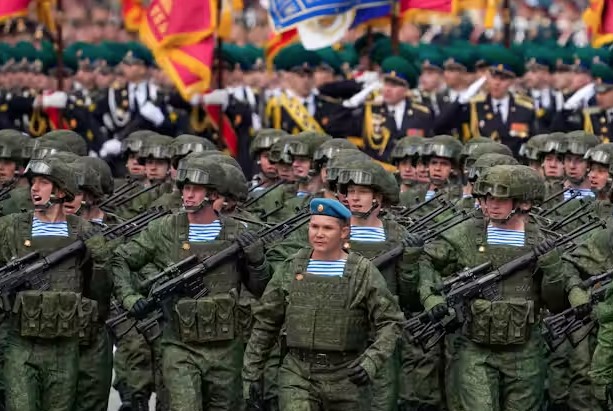Recently, the Financial Times revealed that Russia had developed plans targeting civilian and military sites in Japan and South Korea in the event of a war with NATO. Western sources provided documents to the outlet, which were leaked to the public on December 31. Although Russia created the plans years ago, it still considers them relevant to its military strategy today.
Unveiling Russia’s Military Strategy
The documents outline a list of 160 potential targets across both countries. The goals behind these attacks are not just to strike military installations but to disrupt key infrastructure, making it harder for opposing forces to move troops or resources in the event of a larger conflict. The targets range from civilian structures like roads and bridges to crucial military sites such as radar installations and air bases.
The Targets: Civilian and Military Infrastructure
The leaked plans show that Russia would focus on both military and civilian infrastructure in Japan and South Korea. The idea behind these attacks is to weaken the ability of these nations to support NATO forces in a broader war. The military targets identified include the central and regional command headquarters of the Japanese and South Korean armed forces, as well as radar installations and air bases.
In addition to these military sites, the documents also point to civilian infrastructure, including roads, bridges, and rail tunnels. These structures are essential for everyday transportation and logistics, and damaging them would make it more difficult for the governments to move troops, supplies, or reinforcements. This could be especially impactful during a conflict when quick responses are crucial.
The plans also call for attacks on industrial and energy facilities, such as fuel refineries and steelworks. Key industrial sites, like chemical factories in Busan, South Korea, and 13 power plants, including a nuclear complex in Tokai, Japan, are specifically mentioned. Attacking these sites would cause serious disruptions in energy and production, which are vital for maintaining the economy and military efforts.
Strategic Importance: Protecting Russia’s Eastern Flank
The purpose of these offensive plans is to protect Russia’s eastern flank in case of a broader conflict. By striking key targets in Japan and South Korea, Russia aims to prevent NATO forces from regrouping or reinforcing their positions in strategic areas. The idea is to weaken the enemy’s ability to organize and defend key regions, giving Russia an advantage in the early stages of a conflict.
For example, radar installations and air bases are critical for the surveillance and defense of a country. By targeting these sites, Russia would aim to limit the effectiveness of enemy forces in detecting and responding to attacks. Similarly, the plans could target naval facilities, which are important for controlling the seas, to limit the opposing forces’ access to maritime resources.
Attacking transportation infrastructure such as roads, bridges, and rail tunnels would further disrupt the ability of these nations to respond quickly to any military threat. This could delay the movement of troops and vital supplies, causing confusion and slowing down any counterattacks or reinforcements.
In short, these plans aim to incapacitate Japan and South Korea’s ability to defend themselves effectively, disrupting both the military and civilian sectors of their economies.
Current Context: Rising Tensions Between Russia and NATO
The leaked Russian plans, although created over a decade ago, have brought attention to the ongoing military preparations and rising tensions between Russia and NATO. Both sides are actively preparing for potential conflict, with Russia’s military readiness reflecting concerns over a possible war with NATO in the coming decade. NATO, on the other hand, is discussing increasing defense spending, with some European nations proposing a budget raise to 3% of GDP by 2030. These developments underscore the growing uncertainty and the strategic importance of regions like Japan and South Korea.
The leaked documents reveal that Russia has developed plans to target critical infrastructure in Japan and South Korea, including both military and civilian sites. These targets would severely disrupt the ability of these nations to defend themselves and respond to a broader conflict. Despite the plans being outdated, they remain relevant to Russia’s current strategy, highlighting the ongoing risk of conflict between Russia and NATO.

